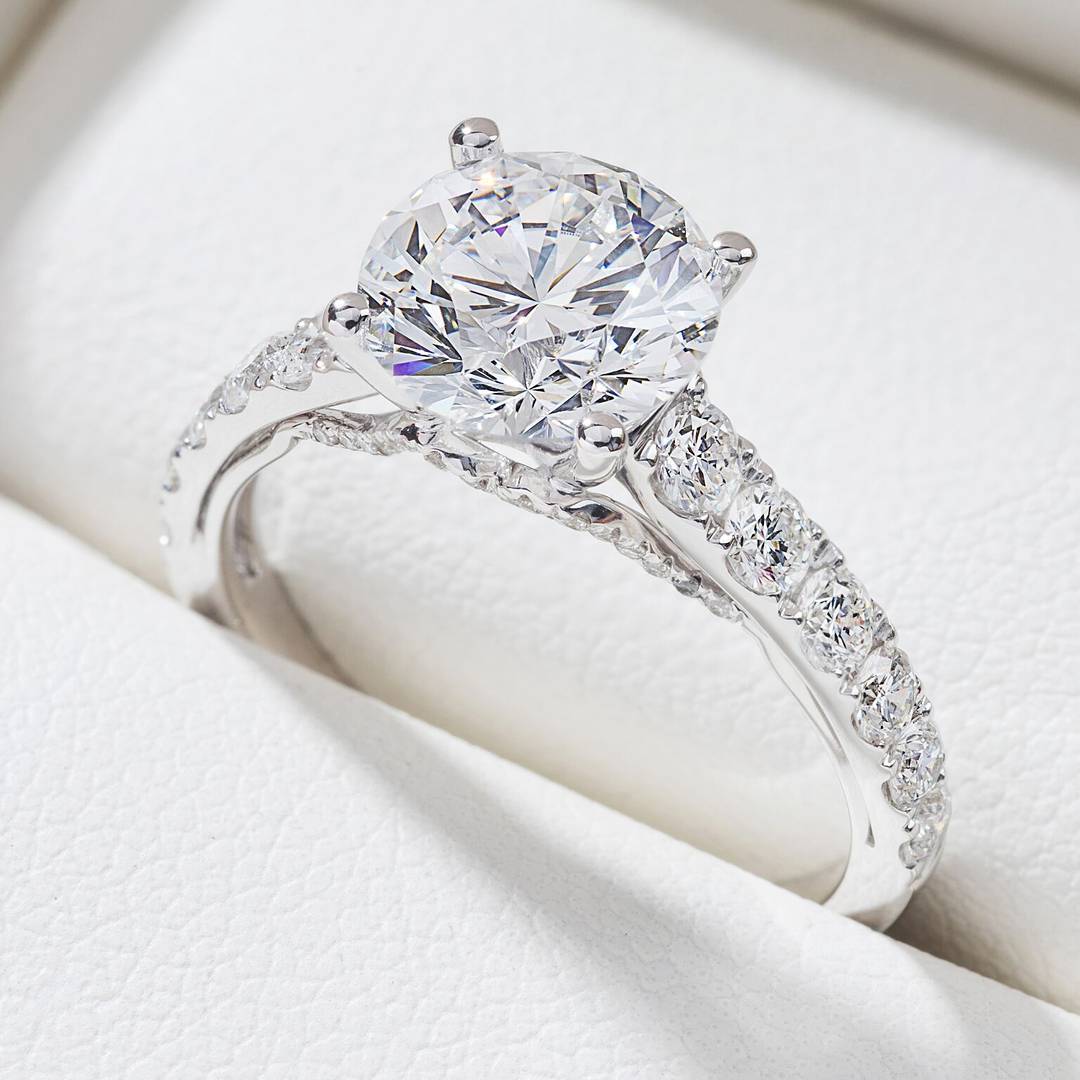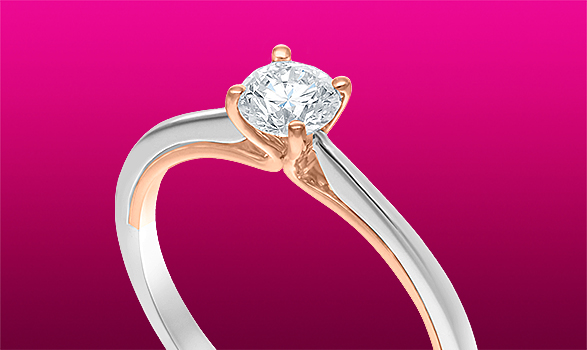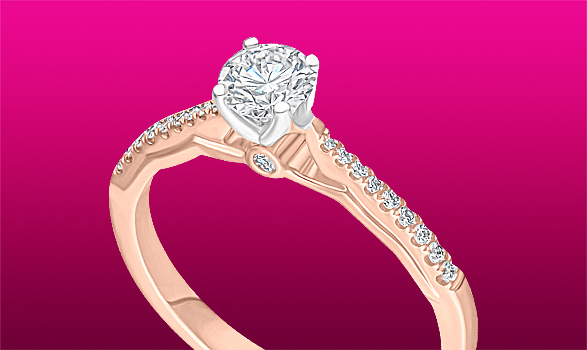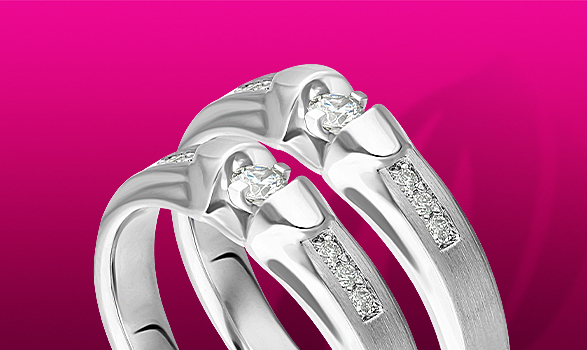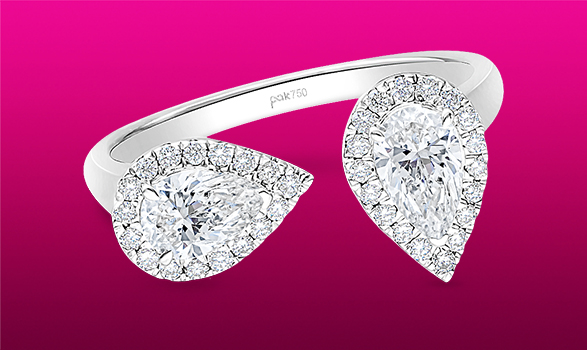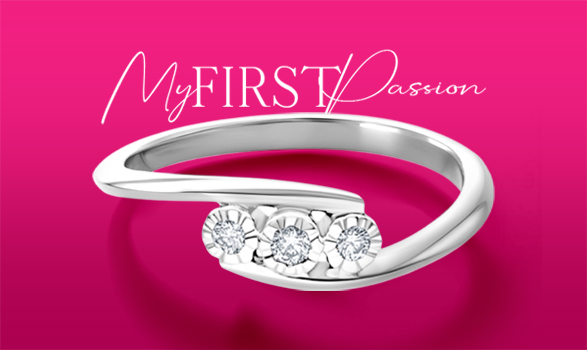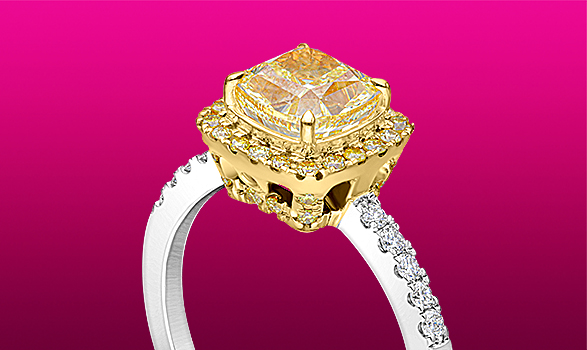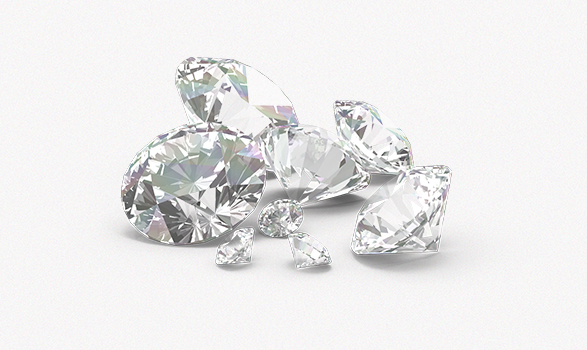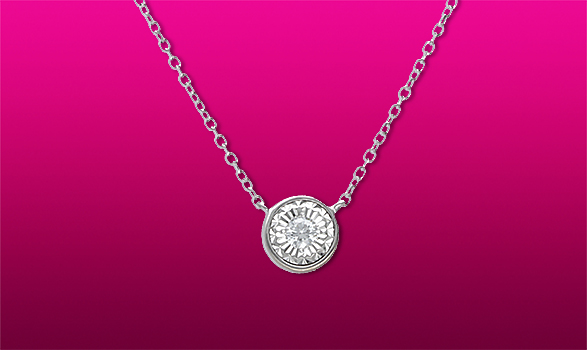Diamond Sustainability, Why is it Important?
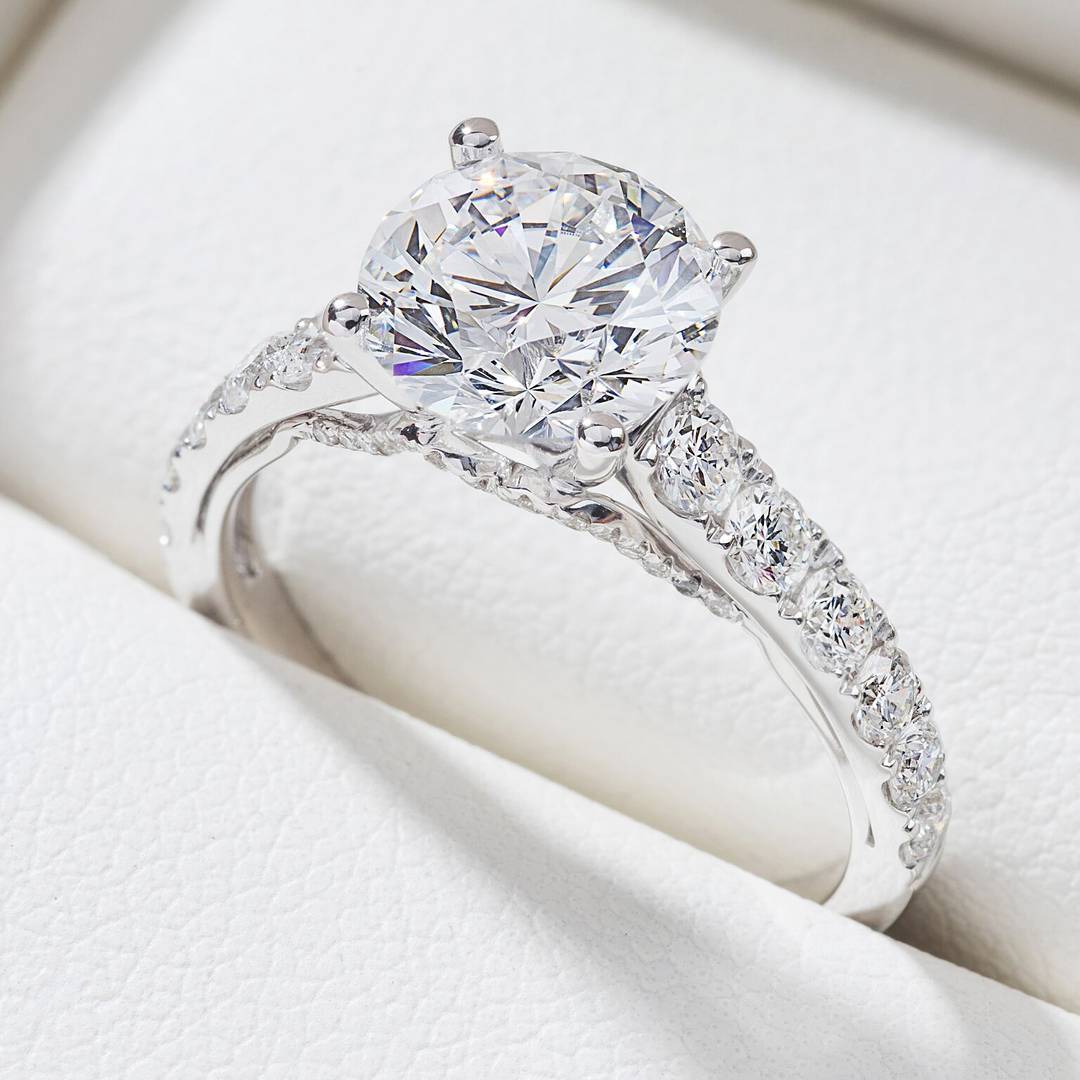
The impacts of climate change underscore the significance of embracing an eco-friendly lifestyle. However, did you know that sustainability isn't limited to reducing the use of disposable plastics and opting for reusable items? Nowadays, you can contribute by choosing sustainable diamonds for your jewelry.
What is Diamond Sustainability?
Diamond sustainability refers to the ethical and environmentally conscious practices associated with the production, sourcing, and use of diamonds. It encompasses efforts to minimize the negative impacts of diamond mining on the environment, protect the rights and well-being of workers involved in the diamond industry, improve living conditions in local communities, and ensure that diamonds are sourced from legitimate and conflict-free origins..
Diamonds produced in this manner are then referred to as ethical diamonds. Other types of sustainable diamonds include lab-grown diamonds and recycled diamonds.
Why is it Important?
The diamond mining process is environmentally harmful. To obtain 1 carat or 0.2 grams of diamonds, the mining process consumes 3,900 liters of water and 101 kilowatt-hours of energy. It also produces 108.5 kilograms of CO2, 1.13 kilograms of atmospheric particulate pollutants, 2.7 tons of heavy metals, 4.3 tons of rock debris, and 1.9 kilograms of industrial waste. This does not include other factors such as deforestation, destruction of natural environments, and other negative impacts experienced by local communities, like floods and droughts.
On the other hand, sustainable diamonds, such as lab-grown diamonds, are created in laboratories and do not require the mining process, making them more environmentally friendly. Nevertheless, lab-grown diamonds possess the same characteristics and quality as natural diamonds and are also 25 to 40 percent cheaper, rendering them more budget-friendly.
Types of Sustainable Diamonds
There are several types of sustainable diamonds, each with its own advantages and disadvantages. These include lab-grown diamonds, recycled diamonds, and negative-carbon diamonds.
1. Lab-Grown Diamond
Lab-grown diamonds, or synthetic diamonds, are produced in a laboratory by replicating conditions similar to nature, such as high pressure and specific chemical methods to form the diamond structure. Diamonds produced through this process exhibit the same quality and characteristics as natural diamonds. Lab-grown diamonds serve as an environmentally friendly alternative to traditional diamonds, as they do not involve environmentally harmful mining processes. Nevertheless, they have some drawbacks, including a lower resale value and the need for fossil fuels in the manufacturing process, making them not entirely sustainable.
2. Recycled Diamond
As the name suggests, a recycled diamond is one that is reused through recutting and rearranging. Although these diamonds may not be initially obtained through environmentally friendly mining processes, recycled diamonds can significantly reduce the environmental impact caused by diamond mining. Moreover, recycled diamonds provide an opportunity to own a natural diamond in a more environmentally friendly version.
3. Carbon-Negative Diamond
This diamond is called as the only truly sustainable diamond on the market. It is created by capturing carbon from the atmosphere and converting it into a diamond. Each carat of this diamond requires and also removes 20 metric tons of pollution from the atmosphere.
So, now it's your turn to contribute to the conservation of the environment by choosing sustainable diamonds and proudly wearing them for your special moments and events.
